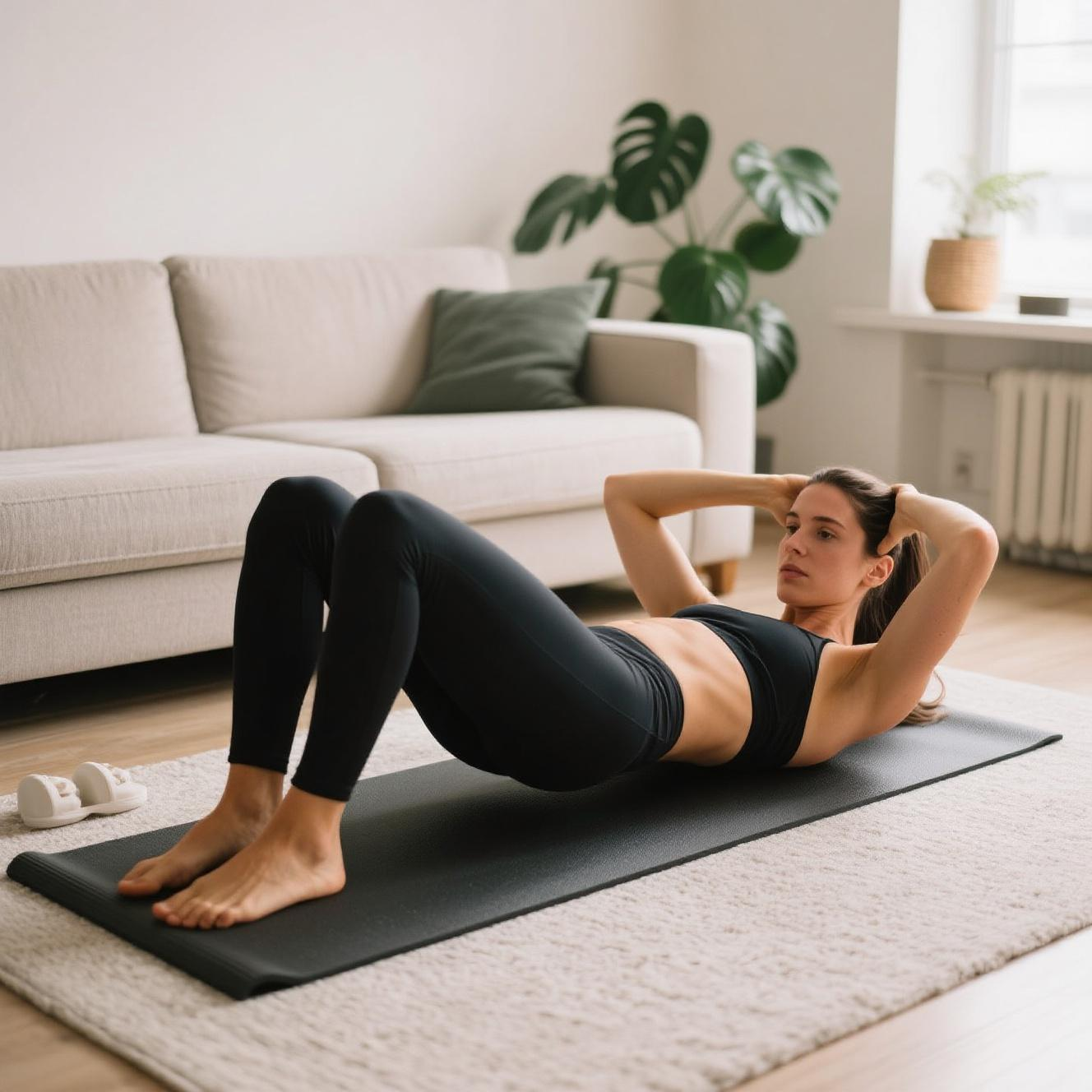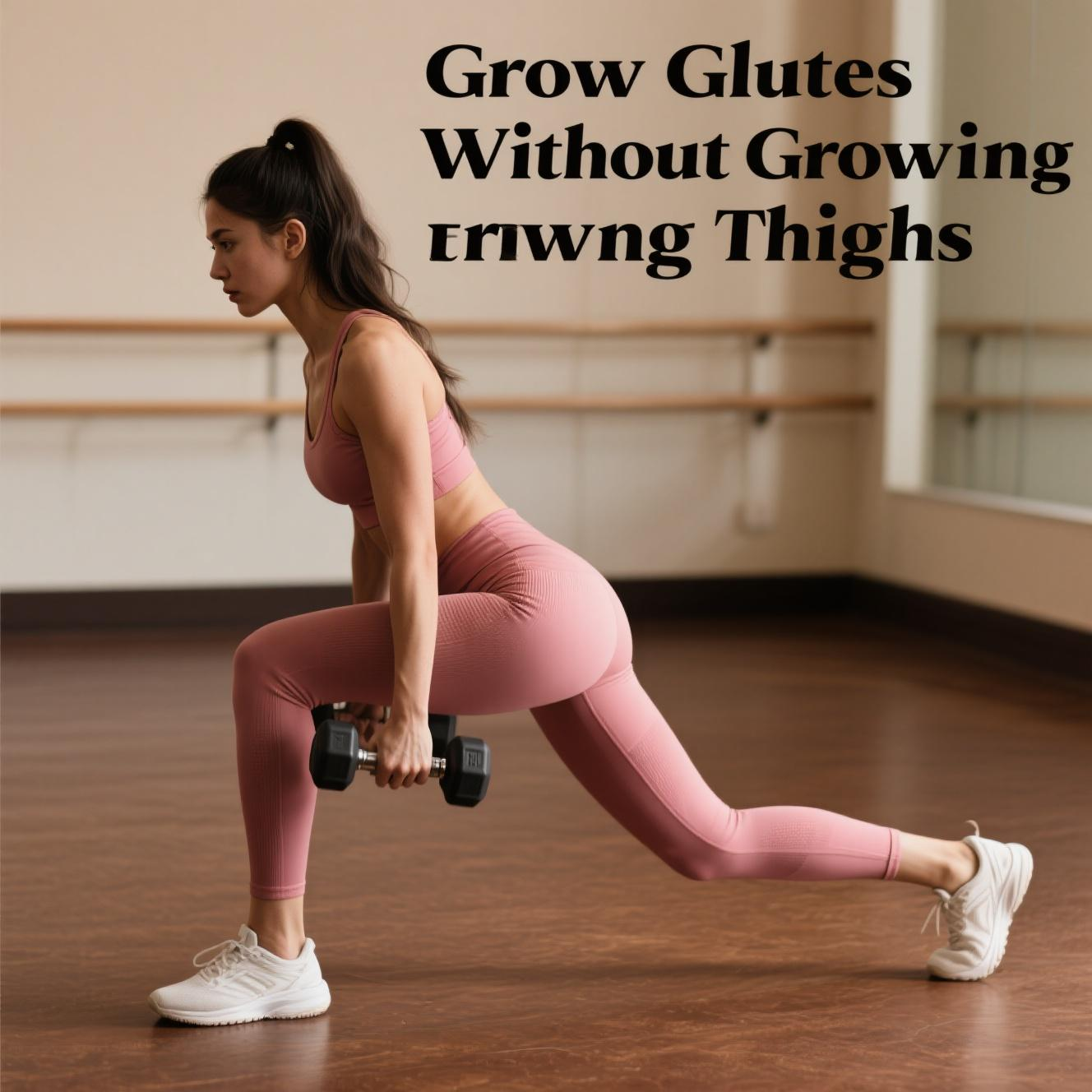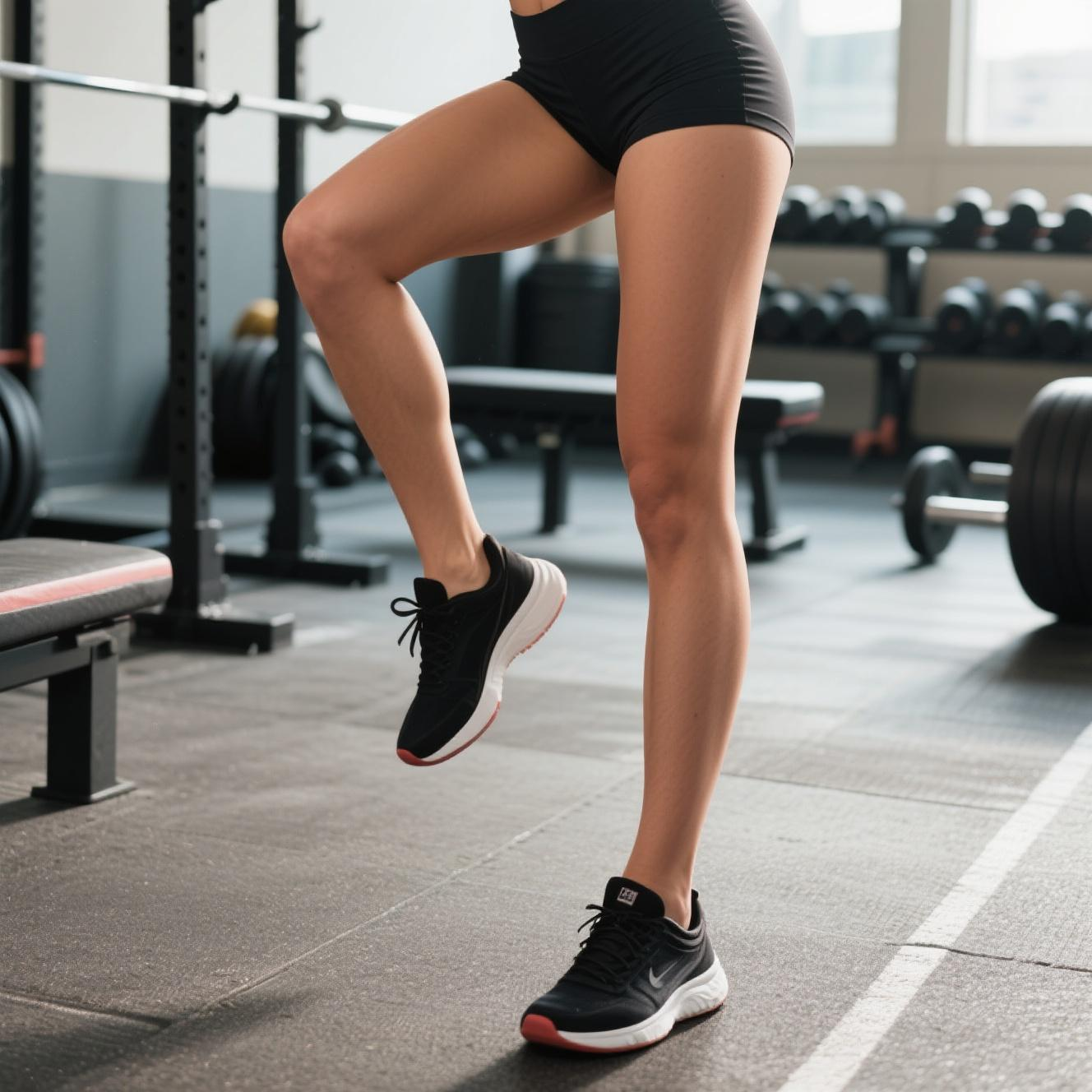It begins most mornings with Sarah standing at her kitchen counter, trading her usual quick coffee for a moment’s reflection. She watches her toddler whirl around the living room and thinks, “I want to feel strong enough to keep up—and not be embarrassed by a flabby belly.” But every time she scrolls for a “flat tummy workout,” she ends up with routines that promise six-pack abs in a week. They make her feel more defeated than determined. What she needs isn’t a gimmick—it’s a routine that connects, one that fits into her life and celebrates real progress, not Instagram perfection.
When crafting a real routine for core strength at home, the goal isn’t ripped abs—it’s a flat, strong, functional midsection that supports everything else you do. High-CPC phrases like “best ab exercises”, “core strengthening routine”, “home ab workout”, “flat stomach exercises”, and “how to get abs at home” all speak to that desire for change. But change that sticks comes from workouts married to your daily rhythms, not from midnight burpee binges. Sarah discovered that when she started her sessions right after dropping her son at preschool, something shifted: consistency became possible.
Her first session was far from Instagram ready. She laid a yoga mat on her living room rug, turned on a motivating playlist, and began with a simple, slow bicycle crunch. It didn’t feel sexy, but it felt honest. The twist of her torso built tension she’d never noticed before. Because she was moving with purpose—not to punish but to empower—her focus deepened. The burn in her obliques wasn’t a flaw, it was a signal that her muscles were waking up. She followed with plank variations—forearm, side, elbow—each held long enough to feel her body tremble. Not because she wanted dramatic progress, but because for once, each second felt purposeful.
These workouts include targeted stability drills too. Exercises like dead bugs, bird dogs, and hollow body holds are quietly effective, teaching control first and sweat later. Sarah learned that these moves don’t create abs overnight—but they build the foundation for posture, lower back health, and controlled movement. When she first did a hollow hold across her living room during naptime, she worried her lower back might cave. But when she held it with strength, she realized her core was more capable than she’d given it credit for.
Consistency shifted everything. Just 12 minutes, four times a week, done where she lived, at a pace she could sustain. On days feeling low, she reduced the reps or held a side plank for 20 seconds instead of 45—but she still moved, and that small win became a habit of self-respect. Always pushing harder? That’s where burnout happened. But Sarah found purpose in breathing through each rep, letting her core strengthen on its own rhythm.
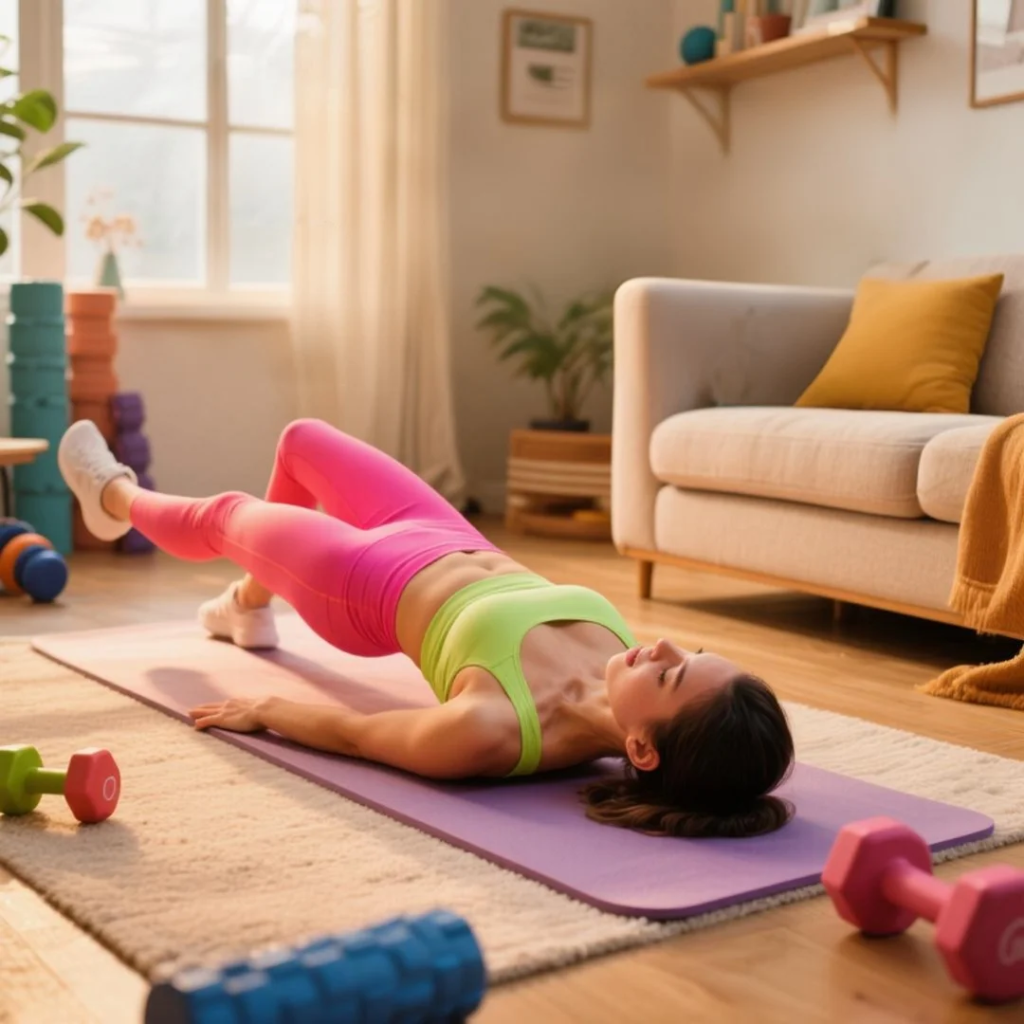
She also learned how diet and hydration interact with the workouts. Eating fiber-rich meals, balancing protein and healthy fats, and avoiding bloating triggers created visible change. High-CPC terms like “abdominal fat loss diet” and “nutrition for flat stomach” rang true in her routine, not as obsession but as nourishment. A smoothie with spinach, Greek yogurt, chia seeds, and frozen berries wasn’t a sacrifice—it was a celebration of self-love. Even a small coffee with minimal creamer became a mindful ritual.
Rest and recovery proved essential. Sarah realized the core fights fatigue just like any other muscle group. On Pilates days, she stretched her obliques and lower back. On busy mornings, she’d pause before the first crunch to take three deep breaths and welcome presence into her movement. She stopped ignoring line-of-duty aches in her lower back, treating them instead as messages. She engaged her deep core muscles and learned to control movement from the pelvis rather than fight it from the flabby belly she once hated.
She embraced progress photos less for vanity and more for awareness. She recorded short videos of her performing a plank in real time, noticing when her hips sagged or when her breath hitched. Each correction was a gift, and her core got stronger—more functional, more stable. That, paired with the small sense of accomplishment after every session, gave her more motivation than any six-pack filter could.
Maybe the most meaningful moment came when her toddler tugged at her shirt and hugged her around the stomach, patting and saying, “Strong like mama.” That love made every crunch feel like a moment lived, not a set completed. And it made her core workouts feel ordinary—but extraordinary for how they supported her life.
A truly effective home tummy-shaping routine is more than sets and reps. It’s a rhythm woven into your daily life. It meets you on mornings before dawn, afternoons between playdates, and evenings when you’re decompressing. It doesn’t promise ripped abs tomorrow—but it honors the beautiful work your core does today—for posture, for play, for living. It helps you see real growth, not just on screen, but in moments that matter: carrying children, bending to tie shoelaces, standing proud.
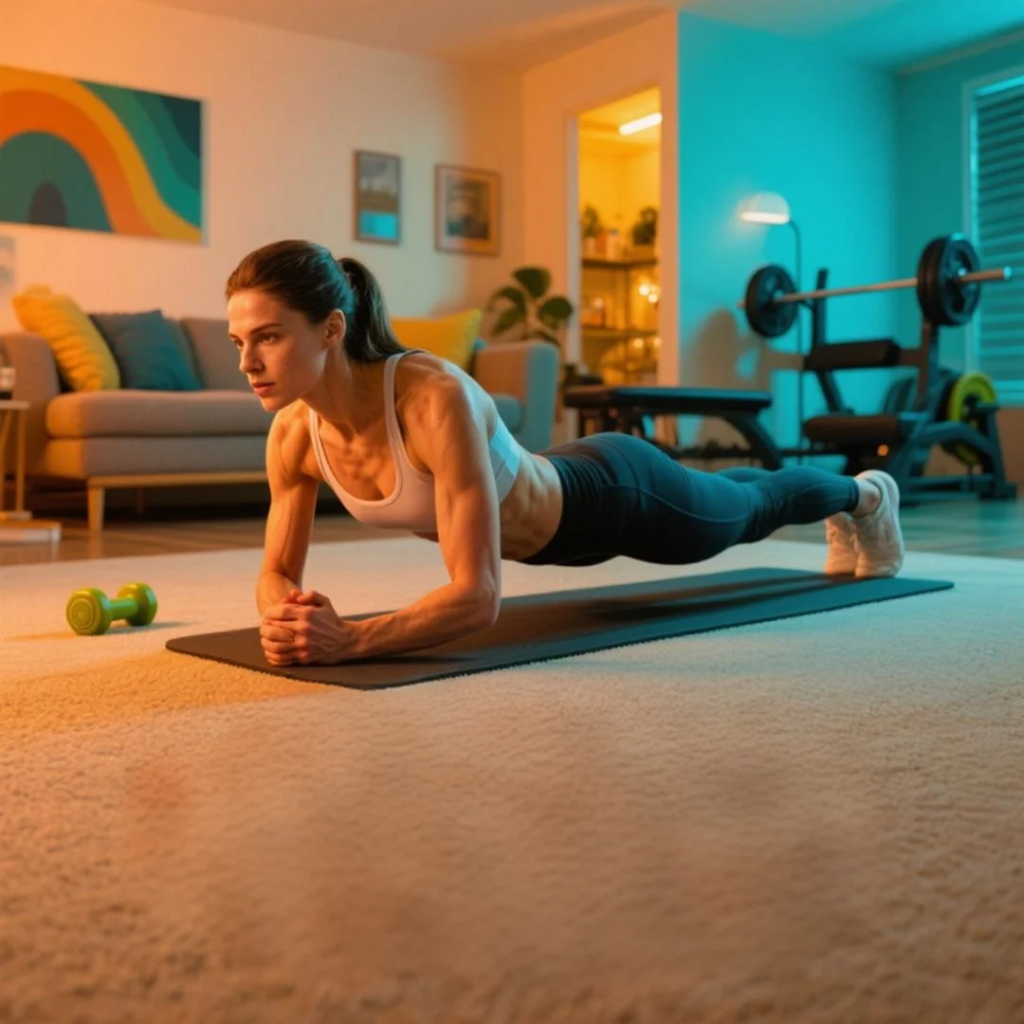
Strong core, flat belly—it isn’t just about aesthetics. It’s about living better. Deep breaths, controlled movement, gentle awareness, supportive nutrition, and kindness toward every line and curve that tells your story. It’s a routine you’ll know so well you won’t need a mirror to feel it.
